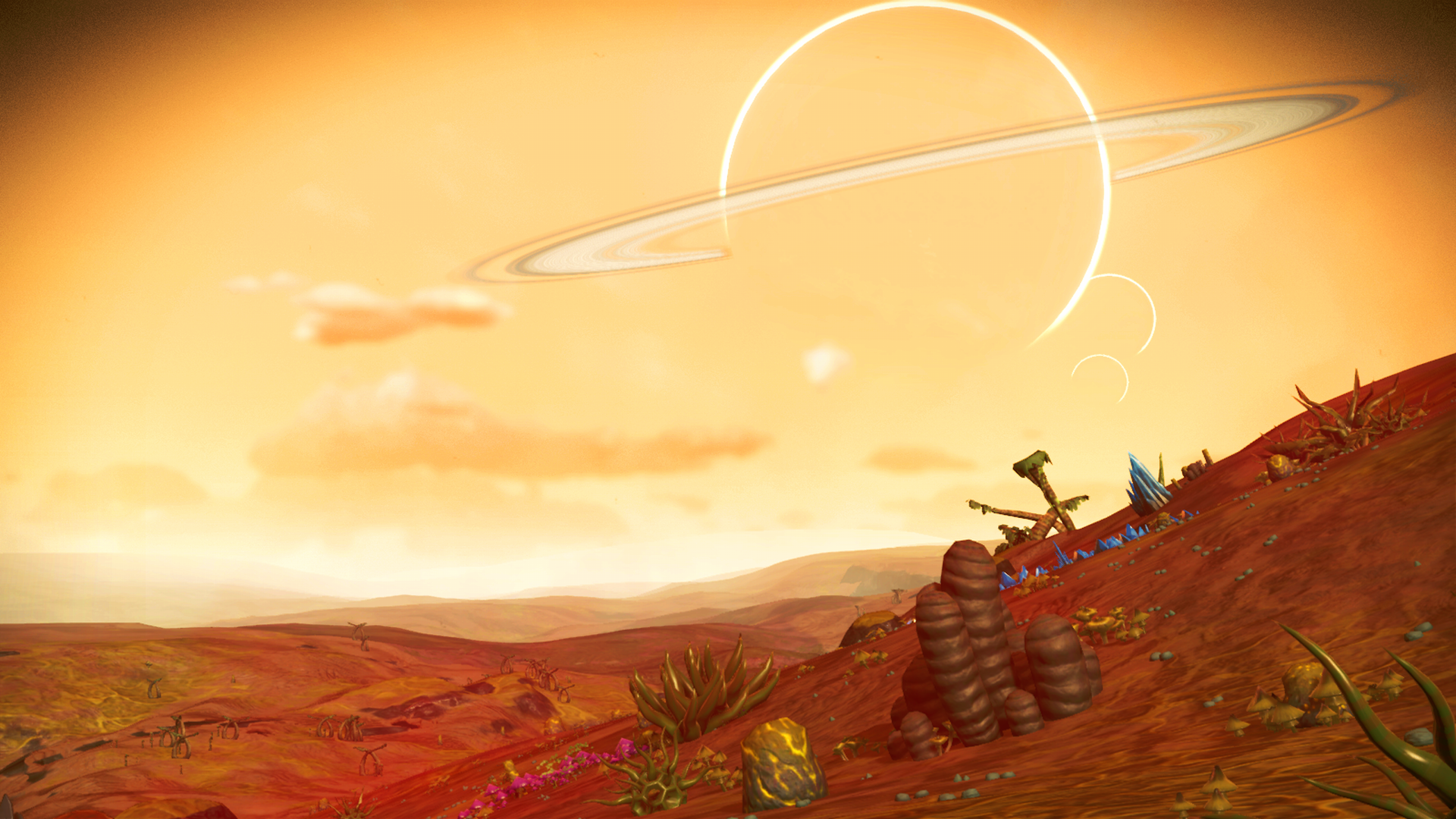Nate Schmidt's Games of the Year
Nate Schmidt, Contributing Editor
Pathfinder (1st Edition); tabletop
After the pandemic set in and we all started to figure out what kind of year we were going to have, it took my tabletop group a little while to get going on Roll20. Once we did, it became the one form of virtual togetherness I found I could count on to be consistently rewarding and meaningful. Roll20 actually made combat a lot easier to handle (although, as a conjuration-heavy infernal sorcerer, I gave my poor GM a hard time by constantly sending him off to look for sprites to represent all the crap in my arsenal that I kept conjuring up). Pathfinder’s system is more complicated and in some ways more brutal than 5E D&D, but its versatility and availability made it a favorite for our group this year. And, I mean, no matter what infrastructure you build it on, the fiction you make together is really the exciting part. There were days when the four other people in this collective world-making project made the rest of my world livable for me. We have made memories in this fiction that give me hope for things to come, when we get to meet all together again and I can put on my silly hat.
Oikospiel Book 1 (PC)
There is the part of me that wants to insist on the art qualities of all video games, and then there’s the part of me that unconsciously upholds the high art/low art distinction by insisting that the games I play feel as much like capital-a Art experiences as possible. Oikospiel straddles these impulses by being both a deliciously madcap experience that never takes itself too seriously and a gallery-quality piece of surrealist art. All five of its acts manage to surprise, which is no small feat in a game that repeatedly forces you to ask yourself what “playing a video game” even means. And, although you mostly just walk around and wonder what the hell is going on, I was drawn to the way that Oikospiel is not a walking simulator—there is a narrative, however fragmented, lurking beneath the surface of the zany collage of Unity assets and the “Kochiri Forest.” Or maybe there isn’t, and I just haven’t been sleeping enough so I feel the need to wander a dreamscape in the daytime.
Walking Sim of the Month Club (PC)
Speaking of walking simulators, why not? There’s something kinda vaporwave-creepy about choosing to spend your time indoors wandering endless virtual landscapes, but it’s also meditative and freeing, depending on how you go about it. My favorites are the ones that bring that vague digital-zen quality and the post-everything creepiness of the genre together into something new and hard to define, and that’s what I’ve gotten by joining Connor Sherlock’s “Walking Sim of the Month” club on Patreon. These games gave me a series of new worlds I could dive into anytime I just needed to step away from whatever the hell else I was trying to get done. I even tried to use them to make something artistic and interesting of my own, with perhaps limited success, but we’ll see what the future holds. Also, as something of a synth-monster myself, I’d say that the soundtracks are just as important as the graphics in games like this, and Sherlock’s never disappoint.
The Elder Scrolls: Oblivion (PC)
Of all the Elder Scrolls games, Oblivion seems to be caught right in the netherspace of middle age—it’s not old enough to be belovedly retro, like Morrowind, but the combat, graphics, and spellcasting are too clunky to really hold a candle to Skyrim. Nevertheless, upon the first stay-at-home order in March, I wanted someplace to wander around in and Oblivion was the game that my five-year-old laptop’s graphics card could support. And I played the hell out of this game. No other game in recent memory has made me feel more like the kid I once was, rushing through my scholastic duties so I could play, losing all sense of time until suddenly realizing that it was three o’clock in the morning. Maybe any old RPG could have filled this space for me at that time. Maybe I just needed to live, literally, in a fantasy world for a while, and I would have been better off re-reading the Earthsea books (which, come to think of it, I did, at right about the same time as peak Oblivion season). But I do really think there was something about the openness of the Elder Scrolls space that did it for me. It was a space to explore while the walls closed in.
Inmost (PC)
Inmost was my game equivalent to all that meandering atmospheric black metal I listened to this year. Its self-prescribed limitations (pixel art), its moody landscape, and its ruthlessly melancholy narrative were all exactly the tools I needed to delve into the depths of the ugly feelings I’ve needed to deal with this year. And it was exactly what I needed. Slowly wandering a dilapidated Gothic labyrinth in a world where Pokemon Blue meets Hereditary might not have been the first thing I thought I was going to need from a video game this year, but of the handful of new releases I played, it quickly became game of the year for me. I don’t think it really gives too much away to tell you that I’m quoting from the game’s final cutscene when I say: “It is what it is.” The year was what it was, and now we’ll wake up on January 1st to find ourselves mostly dealing with the same shit we’ve been dealing with for the last twelve months. Inmost let me leave that behind for a bit and plunge into a different void.
For more excellent game recommendations, check out GOTY lists by Patrick Jagoda and Jason Mical.







